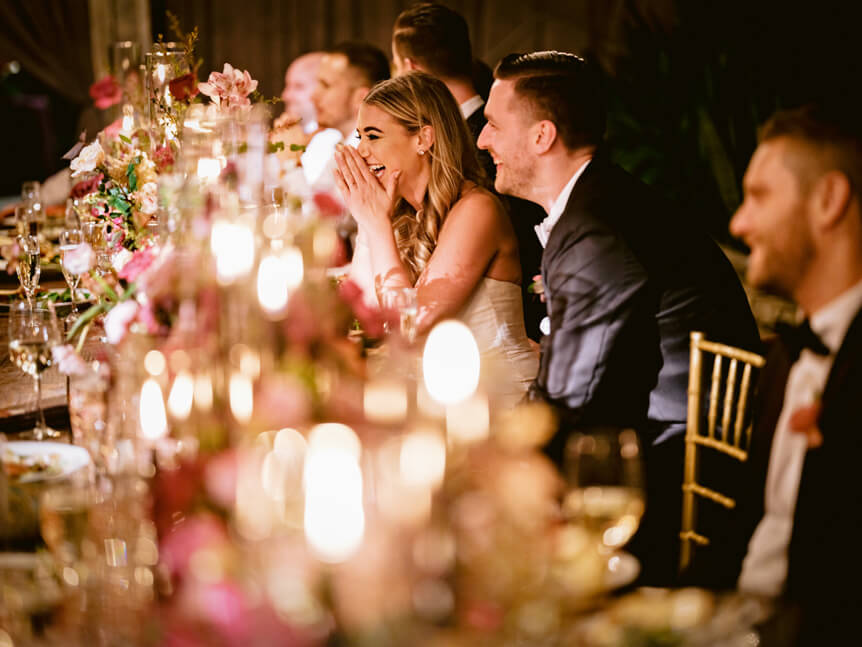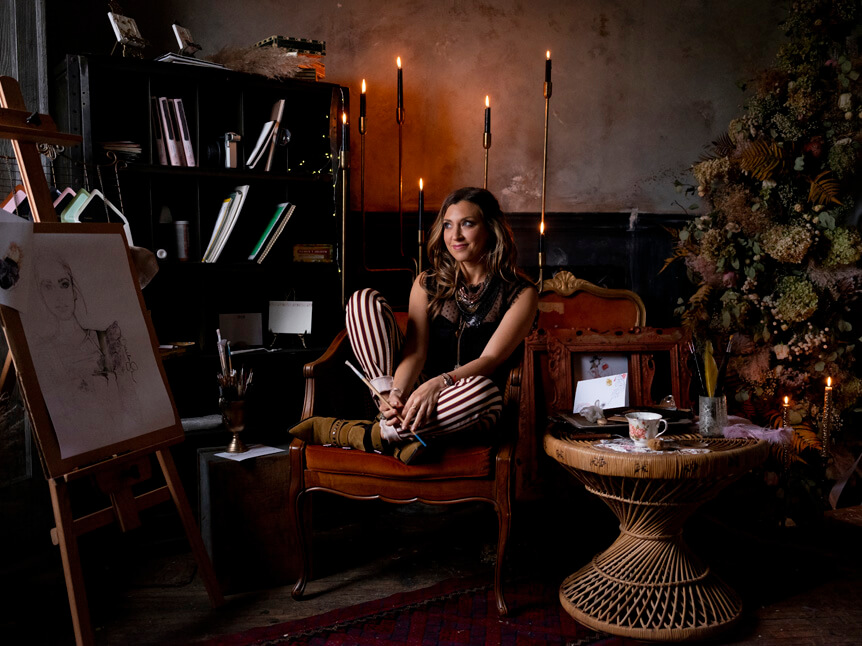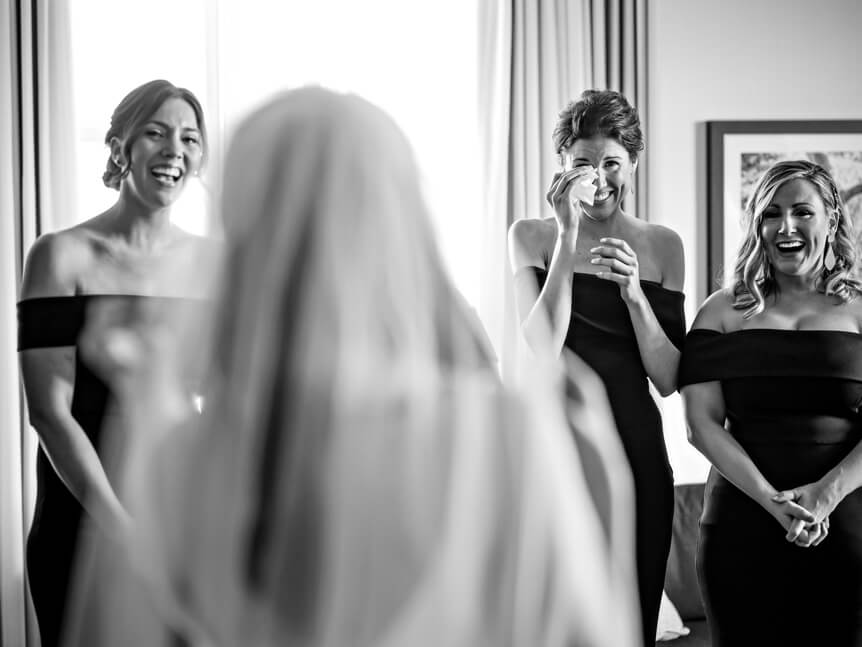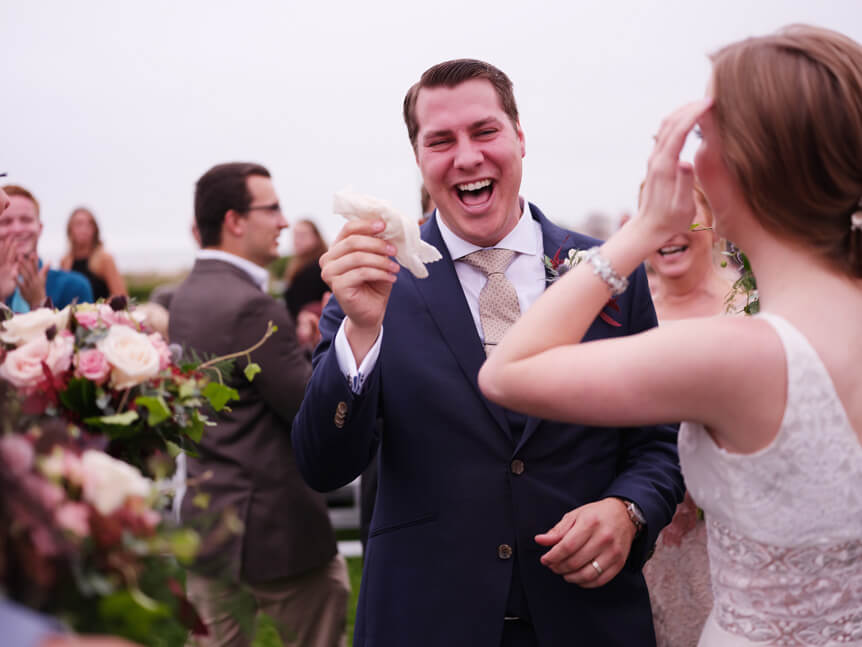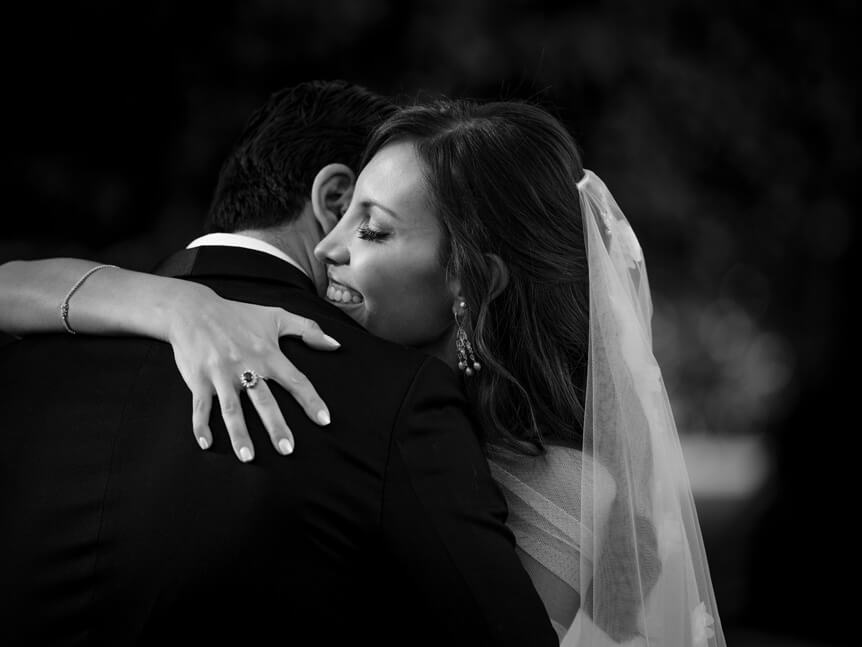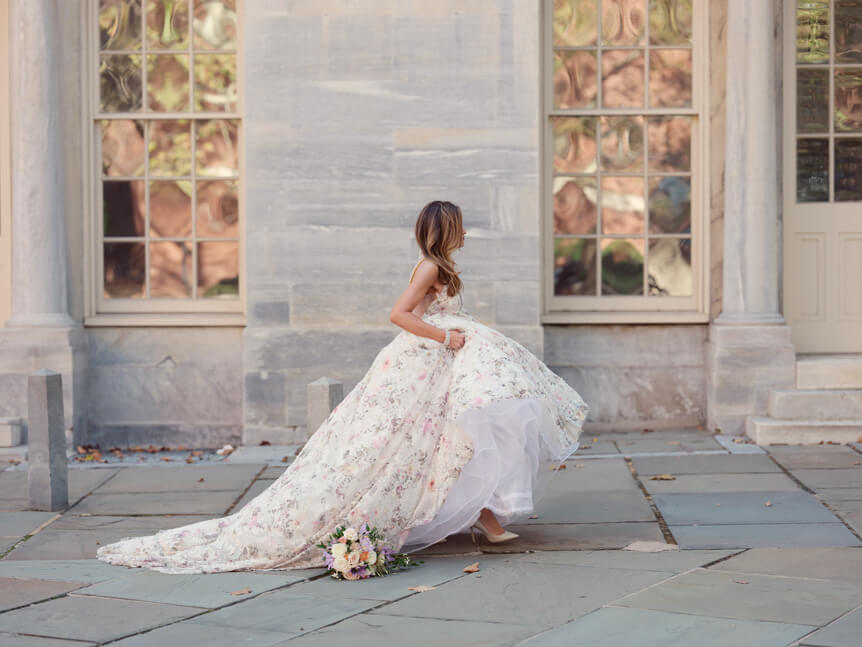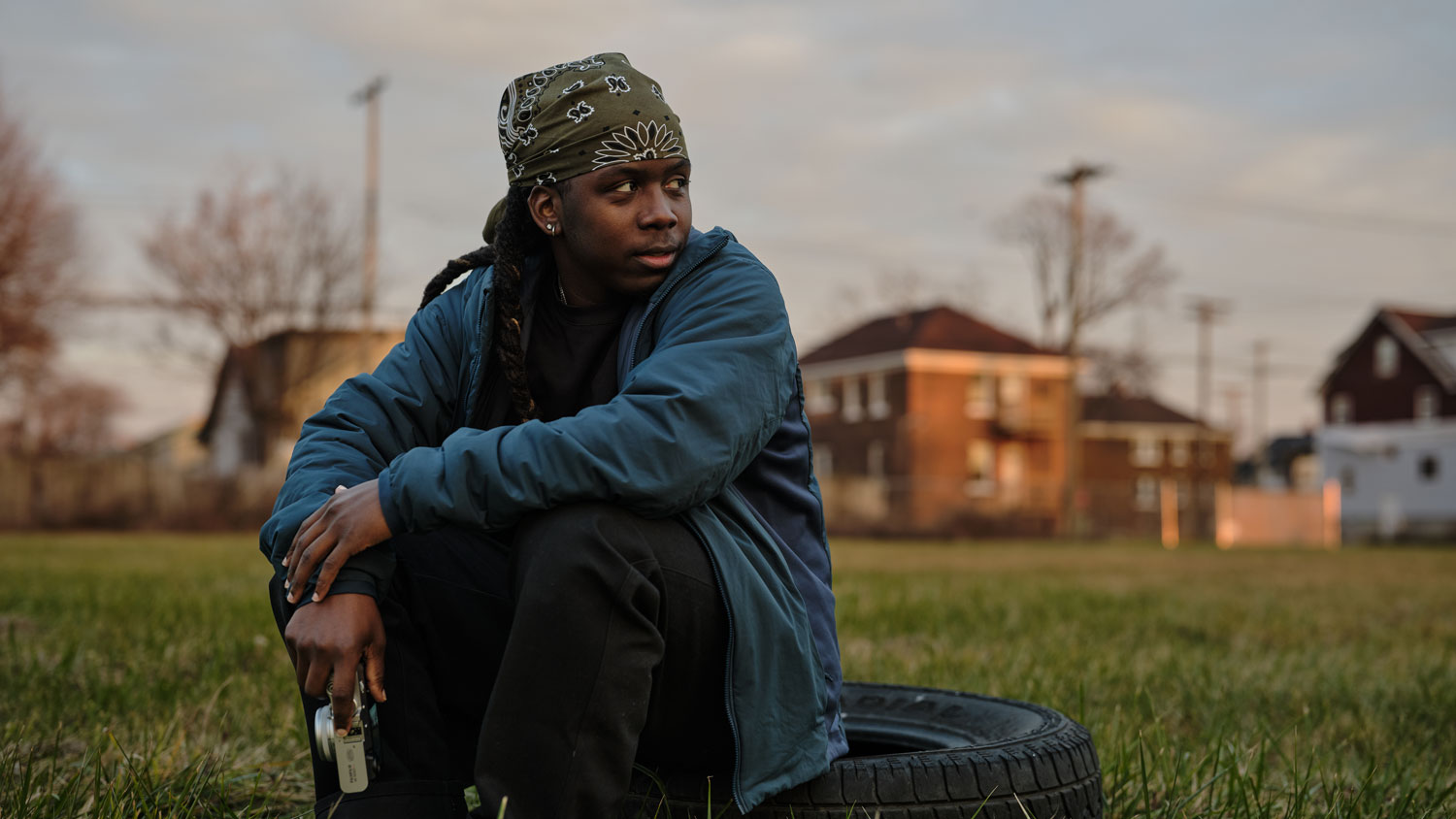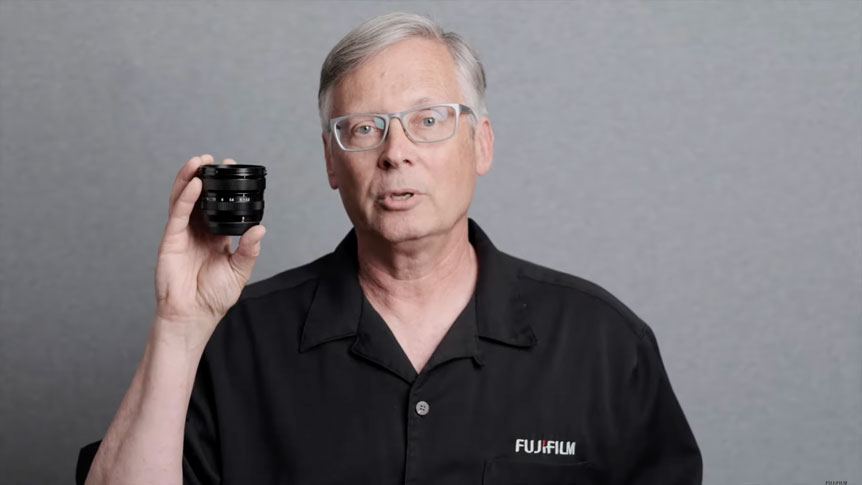
 5 minute read
5 minute read
Why GFX is the Master of Location Portraits
Portrait pro Alison Conklin on how her GFX camera helps her tackle the challenges of storytelling on location and find the heart of the story
A good portrait tells the story of the person within it, and a big part of that story is context. Your subject’s surroundings or location can tell the viewer about their life, their work, their outlook – even their hopes and aspirations. Compare this to the relative anonymity of working in a studio, and you’ll see how creating portraits on location can enrich and inform your images of people.
Experienced photographer, Alison Conklin, works on location for the majority of her family portraiture, wedding, and editorial projects, so she knows how powerful it can be when her subject’s surroundings are woven into this story. But she’s also well aware of the diverse challenges that the real world can throw at a photographer.
Fortunately, as a user of FUJIFILM’s GFX System cameras, she’s able to use the advantages of the larger format sensor to make her images distinctive, open up new avenues of expression, no matter the location, and do it all with a tool that’s no more difficult to use than a DSLR.
“When I approach a family photoshoot, I want to include their home or their things that are personal to them,” Alison explains. “With weddings, it’s a day that’s dictated by different locations like hotel rooms, reception spots and everything in-between, but the context is still there, running through the story. I love the challenge and excitement in ‘seeing’ something in these places and these people, and telling their story amid the unpredictability of it all.”
To do this, Alison has to be able to anticipate emotion and reaction in her subjects, so having a larger format camera system that’s ready for those next moments is vital. “One of the things I originally came to love about my GFX 50S, and now my GFX100, too, is that these cameras do so much of the heavy lifting for me,” she says. “They deal so well with things like exposure, focus, and color, and they operate with such easy handling, that I can just concentrate on storytelling.”
She continues: “When you’re working on location, depth-of-field and framing – what you show and what you don’t show – is vital in storytelling. The shallow depth-of-field created by the GFX sensor means I can get superb separation between subjects and backgrounds when it’s needed. So, whether the story is the client’s freckles, or part of the space a kid is playing in, or an old car that is part of the family’s history, my frame can focus perfectly on that.”
Location portraits also mean making the most of varying light, so there are challenges, but opportunities, too. And when GFX 100’s stunning resolution is combined with its unique versatility and simple operation, you’re perfectly placed to capitalize on them.
“I love finding great light,” explains Alison, “and I’m always hunting for it on location. It could be a particular room that’s being softly lit through a window, or an alley that has a flood of interesting light coming in to spotlight the subject. I also pick my time for when I know the light will be nice, which could be sunrise or a little bit before sunset. There are times when I need to use flash units, but I shy away from that when I can – I don’t want my clients to remember they are in the middle of a photo shoot, so natural light is better for me, and my GFX cameras make it easy to keep photographing in all sorts of lighting conditions, just as you would with a smaller format camera.”
Thanks to the dynamic range of the sensors in both the GFX 50S and GFX 100, Alison says she has the confidence to do things like put the sun right behind her subjects without having to worry about the end result. “I still get this beautiful dimension and color, all the while making simple adjustments in manual and getting live feedback from the EVF.”
She adds: “It’s a real game changer and, in terms of functionality and handling, not something you expect from larger format cameras until the GFX System came along.”
When it comes to the defining moments, focus must be spot on, too, but Alison doesn’t want to break the flow of a children’s game or a romantic look at a wedding. “Point A and point B are important parts of any story,” she explains, “but the real narrative is always in between for me. It’s the way people glance at each other, hold hands when no one is looking, cover their mouths when they laugh. It’s movements that add life to the story and push it forward, letting the viewer feel the emotion – or the client remember what that moment felt like.”
Combine these fleeting interactions with shallow depth-of-field and you have another challenge, but the GFX System’s Face and Eye Detection AF can master it with ease. These vital features, mostly uncommon on larger format cameras, but easy to use and indispensable in location work, mean Alison can move around as freely as her subjects, letting them play or work, or celebrate. “The last thing I want to do in my style of storytelling is to stop life from happening,” she explains, “but with eye tracking AF I don’t need to, and that’s huge for me when I’m trying to document things as they happen, follow the story, and not set things up in a false way.”
She continues: “With GFX System’s advanced AF, you simply don’t lose as many images to missed focus, so you don’t have to face a great moment being spoiled just because the focus has shifted to the background. That level of security has actually made me more intentional with my work. I’m not just taking thousands of photos and hoping one will come out as I want it. I’m grounding myself and being there to tell that story.”
As much as Alison loves talking about the effect GFX 50S has had on her photography, it’s perhaps the camera’s discreet shutter sound that she’s been most impressed by. The fact that she can use a larger format camera to frame a moment without disturbing it, has had a huge impact on her style of portraiture.
“When I started photographing weddings with GFX 50S, I realized it was so quiet and nobody was paying any attention,” she says. “There was no big shutter sound stopping any of the moments. I always want to capture real emotions, and not have to recreate scenes that were perfect to begin with. I don’t want to get in the middle of something really important and take away from moments. I want the pictures to show what it felt like to be there. And I don’t think I can do that if everyone is conscious that I’m in the room.”
Alison concludes that for a camera to be a great storytelling tool, it needs to become an extension of you and perform like muscle memory – something she thought was only reserved for smaller format cameras, until she discovered the GFX system. “So, when I’m working on location, I’m not having to keep thinking about my settings or focus, just concentrating on the moment,” she says. “Things like Eye Detection AF and real-time feedback from the EVF make it so easy, but to be honest I totally forget about them, because they’ve been working so well for me for so long!”
“The GFX System cameras aren’t big, sluggish studio tools,” she continues, “I was amazed when I first got mine in the mail and saw it was actually smaller than the pro DSLR I’d been using. What’s more, everything makes sense in a way that you wouldn’t necessarily expect from such an advanced camera. They’re intuitive, so even though I was coming from a different system completely, I was able to pick up the GFX 50S and just be like, ‘Okay, my thumb’s here… this is where these buttons are… it was like it was built for me!”
Learn more about FUJIFILM GFX 50S and GFX 100, or explore the whole GFX system here. Or contact your nearest FUJIFILM Authorized Dealer for more information.







